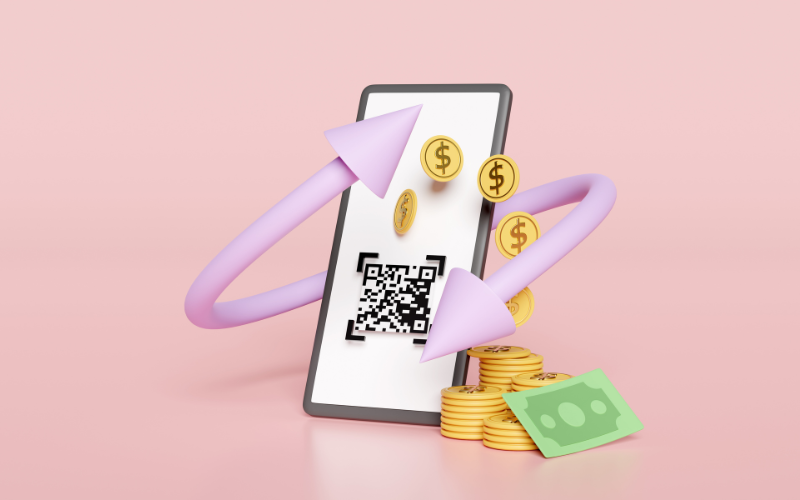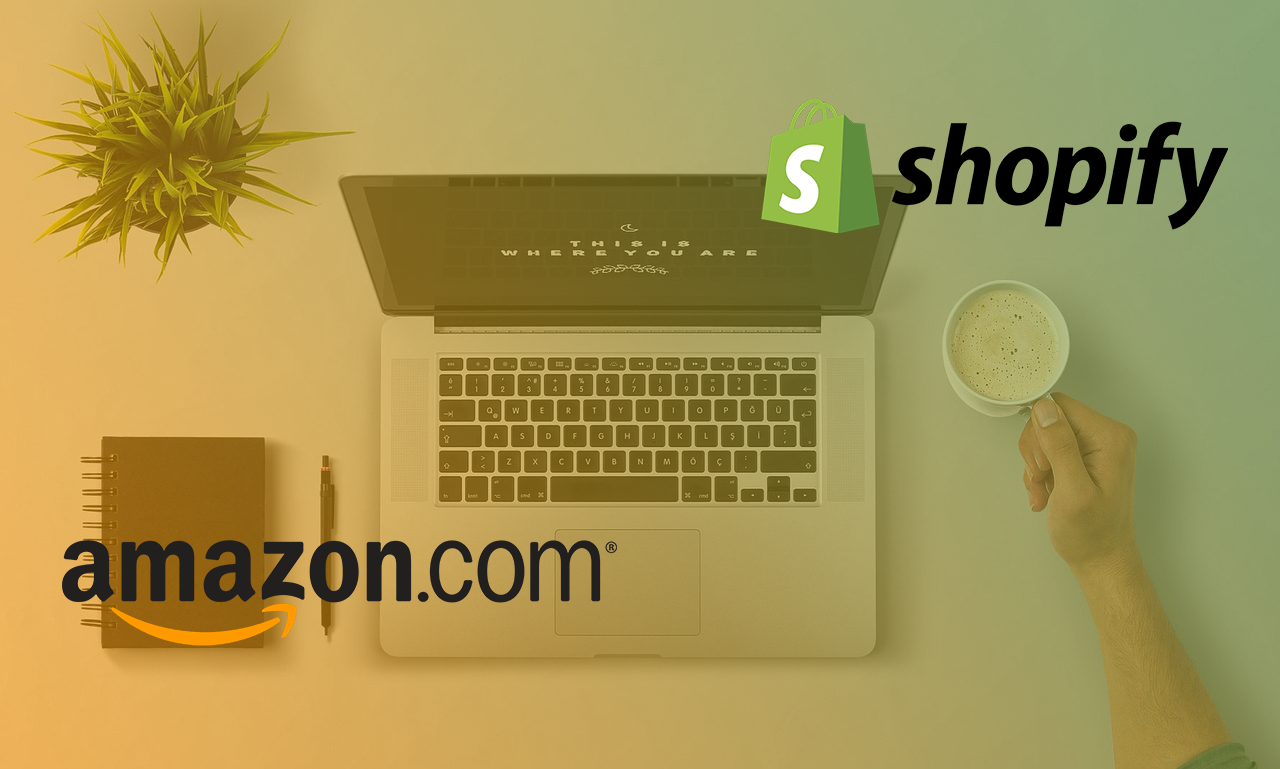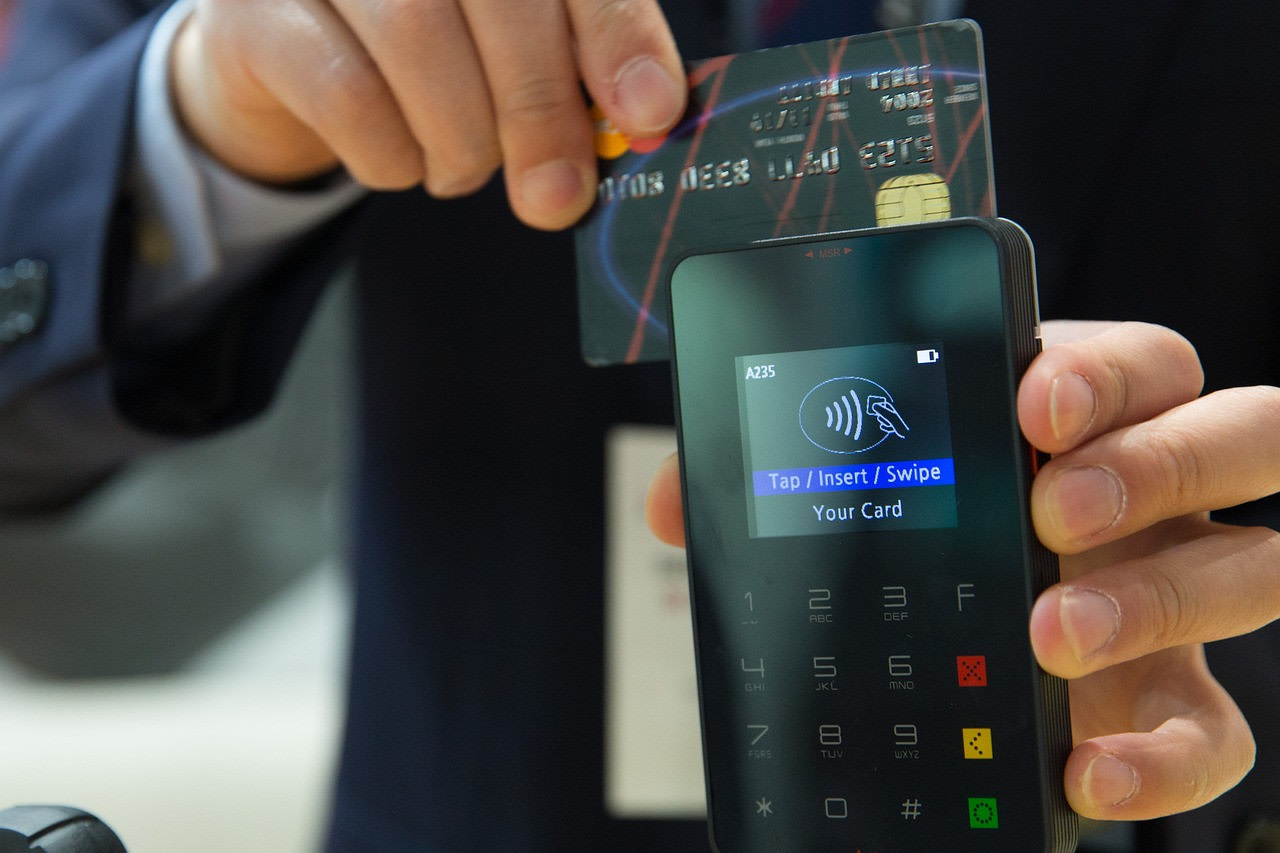Online Tools For Selling Directly Through Social Media Platforms

Top Tools For Selling on Social Media
With over 81% of American and United Kingdom audiences possessing some form of an online account, it can be said that social media is currently our world’s biggest storefront. Whether you’re e-commerce only or running a brick-and-mortar store, selling through social media has become the new fad.
Social media sales pitches can’t read too much like ads though. A large majority of website audiences abandon their carts, meaning that selling through social needs to be low risk and simple. Anything too complex or expensive won’t work, especially on buyers that prioritise convenience.
Selling on Social Media Pros and Cons
Like any other method of sales, choosing to promote your products through social media comes with both pros and cons.
First, the positives. Social media is a way to engage with people all hours of the day. Most social media users utilise social media as a way to pass time during smaller intervals — such as waiting in a queue or taking a short bus ride — and therefore its use in selling is more subtle and minimal. More often than not, social media proves itself as a useful sales tool for product research and statistics. Furthering this point, it’s been shown that consumers are more likely to go and learn about products once seeing them on social media, but don’t often log onto social media platforms with the intent to make a sale.
However, social media sales have some downsides as well. For one, it’s an increasingly competitive social environment. Reach and engagement are on a decline, and social media has notably low conversion rates. Moreover, the lifespan of a social media update is short, lasting on a user’s feed for mere minutes. Therefore, it can be hard to get posts to stand out.
What Social Commerce Provides
Social media commerce can be beneficial for consumers. In the spirit of utmost convenience, selling through social media gives users the option to purchase a product directly from their social media feed. The steps are kept to a minimum: the user engages with a product on their social feed, and then they begin the checkout process. There’s no redirects, no purchase journeys, and no hassle — simply click to buy. This model of sales keeps users on the networks they’ve already chosen to engage with, increasing conversion rates. E-commerce that chooses social media as a sales avenue is all about engagement and personalisation, so communication that resonates with customers in ads is key.
Tools for Selling
Tools for selling via social media have improved in recent years, though the concept has been around far longer. It’s typical of stores to make business accounts on every platform that offers them, but it’s also possible to use third-party applications to offer some of the same functionality to your customers.
Facebook is one of the biggest social networks available with a whopping 2.32 billion monthly users — 1/3 of the world’s population! Facebook offers the Facebook Store, Facebook Messenger Chatbots, and Facebook Ads. To participate, you’ll need a Facebook business page and a support page template, such as the Shop template. Business pages are considered free resources, and easily connect businesses to customers while growing an online audience. Having a business page on Facebook helps communicate important info about your business and target followers with relevant advertisements.
If you’re choosing to sell anywhere, make it Instagram. This visually-driven platform has one of the highest audience engagement rates; 58 times that of Facebook, and overshading Twitter by 2000%. Because it’s very image and video intensive, aesthetically pleasing products and visuals win customers here — hence its popularity amongst clothing and fashion retailers. Instagram allows for selling through Instagram Stories, Instagram Shopping, Instagram Live, IGTV, and Instagram Ads. The most popular method of selling is to add product tags to posts, which, when tapped, give users the option to buy right then and there. Store owners may also set up and optimise their business profile for extra marketing and management features such as Instagram Insights and Shopping Tools.
87% of Pinterest users have bought a product because they saw it on the platform, which should be enough reason alone to start selling there! Pinterest, like Instagram, is great for visually-focused products. Pinterest offers solutions for selling through product pins, which are simple to set up and can be promoted for a marketing fee to increase their visibility. As a pin is seen by users, it often has a snowball effect due to the repinning and sharing nature of the site.
Third-Party Solutions
Third-party solutions are those that integrate with common platforms and often offer marketing tools and abilities. They may require a business account on one of the aforementioned platforms, or may be standalone. Examples include Jumper, Manychat, Shopial, Soldia, Olapic, and Beetailer.
Expand Your Sales With Radiant
Learning to expand your business’ online presence beyond Shopify is an absolute must, especially as social commerce continues to make waves in the marketing realm. While it’s not a new concept, recent technological and platform developments have made selling in this format a more feasible option for both businesses and customers alike. Proof of their efficacy can be seen in the early adopters of these strategies and international brands that have long been dependent on them, all of whom are succeeding. Simply put, customers want to be able to buy seamlessly from their favorite online channels, and these tools can help complement your e-commerce platform for a more convenient experience. Get in touch with Radiant today to see how our team of marketing experts can set you up for success on Shopify and beyond!




















